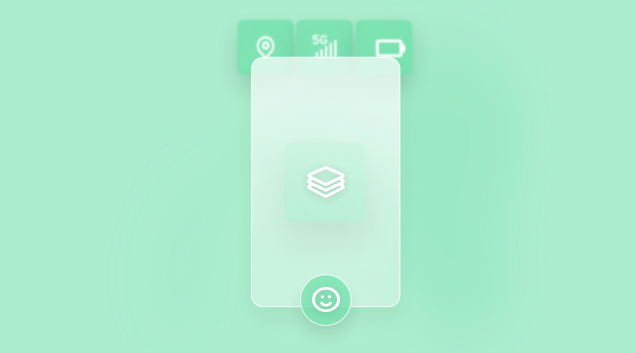Apple's first step into connected assistance
The last Apple Keynote marked the reveal of the new iPhone 14 with two new related features: the ability to make emergency calls via satellite and severe crash detection.
Regarding this last feature, Apple released a video explaining the service. The principle is simple: when a severe crash is detected, the iPhone or the Apple Watch displays a first alert for a duration of 10 seconds. The driver decide whether or not to call emergency services depending on the severity of the collision. If the driver doesn't react to the initial alert, a second one is displayed for a duration of 10 seconds. If there's still no response, the iPhone automatically dials emergency services.
This crash detection feature, which is reminiscent of Apple's ambitions in the health industry, highlights the reliability of smartphone-based telematics. Given Apple's aura, it is safe to say that all smartphone manufacturers will offer a similar feature in the near future. This momentum will benefit the entire telematics industry, and will be a strong incentive for the general public to adopt smartphone telematics.
Therefore, Apple's severe road crash detection feature paves the way for large-scale Pay-As-You-Drive and Pay-How-You-Drive programs.
What does it mean for insurance companies?
As said earlier, the launch of a severe crash detection feature reveals Apple's ambition to emerge as a leading player in connected assistance. To avoid losing ground and progressively abandoning critical aspects of the customer relationship to new players, insurers should launch their own connected assistance services based on mobile telematics, and exploit Apple's loopholes.
1. Opaque technology
Apple doesn't provide any technical details on how its crash detection feature is triggered. This lack of transparency, typical of Apple, shed doubts about the adoption of the service by private entities.
 Screenshot from Apple's website.
Screenshot from Apple's website.
2. Expensive feature
Apple's car accident detection feature is limited to the iPhone 14, a device that is priced more than 1,000 euros. Therefore, if one wants to benefit from this live-saving feature, one needs to buy the latest iPhone. However, there is no technical reason that limits older iPhones, and Android smartphones, to detect car collisions. In fact, almost all smartphones available in the market are equipped with the required sensors to detect road crashes: GPS sensor, accelerometer, inertial unit and pressure sensor.
Therefore, insurers can offer a universal crash detection feature that doesn't discriminate based on hardware. To benefit from the service, customers simply need to download their insurer's mobile app.
It should also be mentioned that insurance companies can argue that their crash detection feature isn't limited to severe crash. For instance, the DriveKit SDK can identify car accidents with a lower severity.
3. Assistance
The ability to automatically call emergency services is positive in case of extreme collisions. However, it should be mentioned that most road accidents do not require emergency services intervention. Instead, they require assistance services. For this reason, insurers that detect low-intensity car crashes can provide better and faster assistance than Apple!
Collecting data to facilitate crash reconstruction, providing the right assistance services within seconds after a collision while quickly assessing the cost of a claim are strong competitive advantages for insurance companies that leverage mobile telematics.
Key takeaways
-
Apple's telematics solution is a connected solution in case of a severe collision.
-
Beyond speculations about the market disruption by the GAFA, the introduction of this feature by Apple is a concrete evidence that the future of car assistance and car insurance will be connected.
-
Therefore, insurers should also adopt smartphone telematics and offer connected services, including crash detection, before being sidelined by digital players.
-
Mobile telematics is the right tool to provide connected services given that it doesn't discriminate based on hardware. By leveraging software, insurers can offer universal crash detection to all customers, from iPhone owners to Android fans, and offer targeted assistance.




![[2025 Edition] The Guide to Connected Insurance](https://blog.drivequant.com/hubfs/7-%20%5BEdition%202025%5D%20Le%20Guide%20de%20lAssurance%20Connect%C3%A9e.png)
